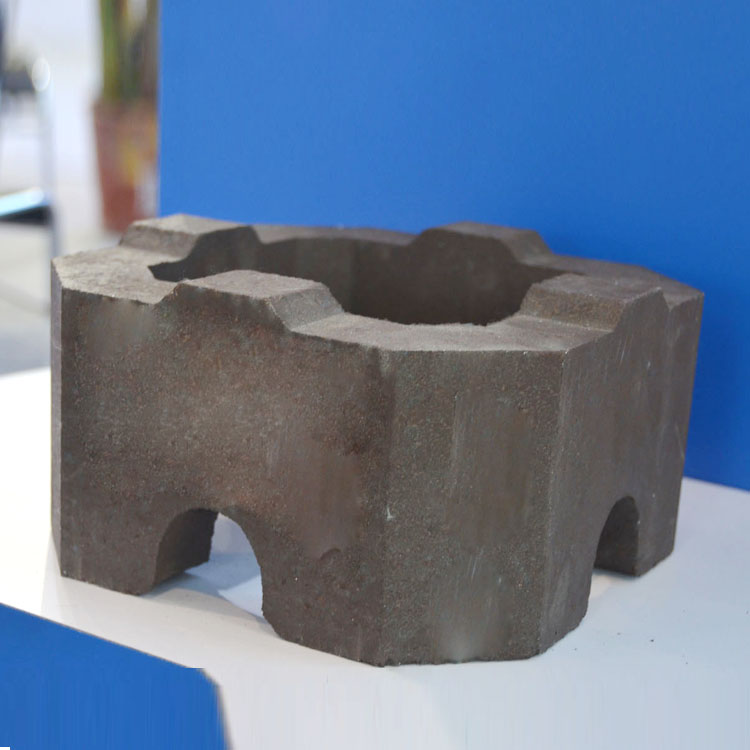.jpg?x-oss-process=image/resize,h_1000,m_lfit/format,webp)
The global refractory materials market has been witnessing steady growth in recent years, driven by the expansion of industries such as steel, cement, glass, and non - ferrous metals. According to market research, the market size of refractory materials is expected to reach $XX billion by 2025, with a compound annual growth rate (CAGR) of XX%. In this context, direct - bonded magnesia - chrome bricks, as an outstanding representative of high - performance refractory materials, play a crucial role in meeting the increasingly demanding requirements of these industries.
.jpg)
Traditional magnesia - chrome bricks, such as non - fired magnesia - chrome bricks, are produced through a series of processes including raw material preparation, mixing, molding, and heat treatment. These bricks have certain advantages, such as relatively low production cost and good initial strength. However, they also have significant limitations. For example, their refractoriness under load is generally around XX°C, which is not sufficient for some high - temperature applications. Moreover, their chemical stability is relatively poor, and they are prone to react with some slag components, resulting in a shortened service life.
.jpg)
Direct - bonded magnesia - chrome bricks are characterized by their high - temperature resistance, high strength, and excellent chemical stability. Their refractoriness under load can reach up to XX°C, which is significantly higher than that of traditional magnesia - chrome bricks. In terms of strength, their compressive strength can reach XX MPa, ensuring long - term stability in high - pressure environments. These properties make them highly suitable for use in the most demanding high - temperature industrial processes, such as the lining of steel converters and cement kilns.
The emergence of direct - bonded magnesia - chrome bricks has promoted the technological upgrading of the refractory materials industry. Manufacturers are now focusing on improving the production process of these bricks to further enhance their performance. In the market, direct - bonded magnesia - chrome bricks are gradually replacing traditional products, leading to a change in the market share distribution. High - end users are increasingly inclined to choose direct - bonded magnesia - chrome bricks, which has forced some small - scale manufacturers with backward technology to withdraw from the market.
Many well - known industrial enterprises around the world have adopted direct - bonded magnesia - chrome bricks. For example, a large - scale steel plant in Europe reported that after using direct - bonded magnesia - chrome bricks in its converter lining, the service life of the lining was extended by XX%, and the production efficiency was increased by XX%. Another cement plant in Asia mentioned that the use of these bricks reduced the frequency of kiln maintenance, saving a large amount of maintenance costs and production downtime.

In the future, direct - bonded magnesia - chrome bricks are expected to continue to develop towards higher performance and better environmental friendliness. With the continuous improvement of production technology, their performance will be further optimized, and they will be more widely used in emerging high - temperature industries. Moreover, in response to environmental protection requirements, manufacturers will also focus on reducing the environmental impact during the production process.
Are you looking for high - performance refractory materials to enhance your production efficiency and reduce costs? Our direct - bonded magnesia - chrome bricks are the ideal choice. Contact us today to learn more about our products and start your cooperation with us!

